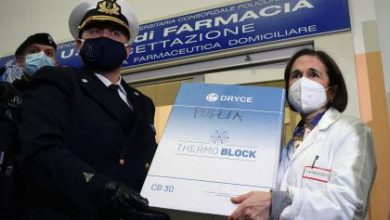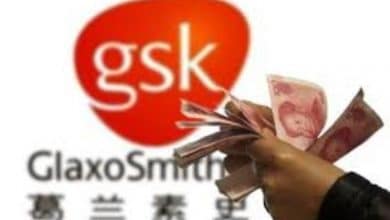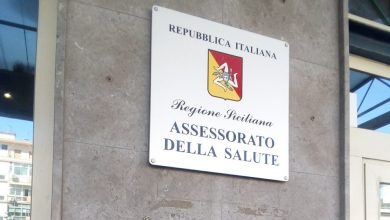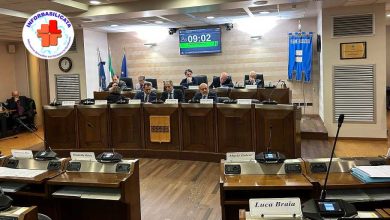
If we look at the territorial pharmaceutical expenditure, the average revenue for companies is around 0.20 euro for each day of treatment insured under the reimbursement regime for Italian patients. So for the industry – between narrow margins, growing demand and costs – the issue of sustainability becomes a crucial challenge. From issue 165 of the magazine. *IN COLLABORATION WITH RECORDATI
Of Enrico Baroncia, General manager Recordati Italy 7 February 2019 – Aboutpharma
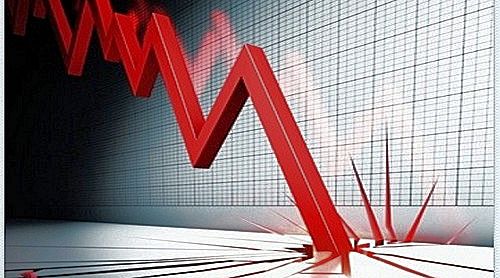 The theme of the sustainability of the Italian-owned pharmaceutical industry cannot ignore the market dynamics that have characterized the challenges of recent years. First of all, the drastic drop in prices following the massive wave of patent expiries which reduced the value of almost all the drugs used to treat the major pathologies associated with the progressive aging of the population.
The theme of the sustainability of the Italian-owned pharmaceutical industry cannot ignore the market dynamics that have characterized the challenges of recent years. First of all, the drastic drop in prices following the massive wave of patent expiries which reduced the value of almost all the drugs used to treat the major pathologies associated with the progressive aging of the population.
Prices collapsed and patients increased
Suffice it to say that in the last ten years the price reimbursed by the NHS, relating to the first 30 category A drugs in territorial expenditure, has fallen by more than 60% while consumption, i.e. the demand for Italian health, has instead increased by 15%. This scenario, in which the reduction in prices is associated with an increase in the number of patients treated, emphasizes the virtuosity of subsidized spending (in which companies with Italian capital hold a substantial market share), i.e. its increasing yield the NHS and the community. 2018 confirms, indeed accentuates, this virtuosity: spending trends are further decreasing (-4.7%) against an increase in consumption in daily doses (+2.5%) compared to 2017.
Growing demand, production complexity and declining revenues
However, there is a red line that needs to be "beware" in order not to jeopardize the sustainability of a system which, in addition to guaranteeing the health standards of which the NHS is a virtuous example today in the EU countries, also represents a strategic industrial asset for the country in terms of exports, employment and productivity. This line of sustainability for Italian pharmaceutical companies, which have remained connected to the national territory 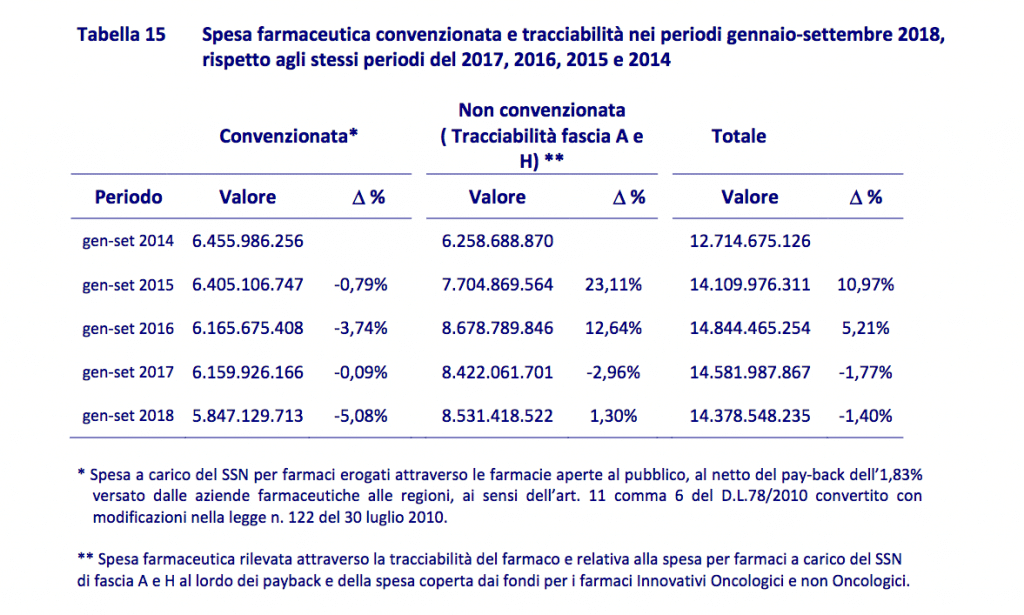 without going through those delocalization processes that have characterized the fate of many companies, is represented precisely by the delicate relationship between growing demand, greater production complexity and decreasing unit revenues. Therefore, in order to understand the question of the sustainability of those who work in the approved pharmaceutical sector, it is first of all necessary to break down the total NHS expenditure into the number of daily doses dispensed each year under a reimbursement regime, equal to over 1.1 billion packs.
without going through those delocalization processes that have characterized the fate of many companies, is represented precisely by the delicate relationship between growing demand, greater production complexity and decreasing unit revenues. Therefore, in order to understand the question of the sustainability of those who work in the approved pharmaceutical sector, it is first of all necessary to break down the total NHS expenditure into the number of daily doses dispensed each year under a reimbursement regime, equal to over 1.1 billion packs.
Marginal revenue
The result of this equation shows that, net of legal discounts and paybacks, the average revenue for the industry is less than 20 cents for each day of care provided to Italian patients. From this perspective, it becomes easier to understand how the issue of industrial sustainability is more than ever a challenge for industry and entrepreneurs. Because behind such a marginal revenue, a company must bear the costs and complexity of important employment structures (there are around 20,000 employees of companies with Italian capital in Italy), adaptations to rigorous regulations in terms of production and the environment, taxation levels compared to other non-national markets since the headquarters of the pharmaceutical industry with Italian capital are in Italy.
Sharing
This requires the sharing of not only health care but also industrial policies that make it possible to overcome the production and commercial criticalities induced by lower unit revenues and higher operating costs, as well as the confirmation of a stable regulatory framework which above all avoids the risk of prejudicial drifts precisely in towards the sustainability of this engine and industrial pride (which must also include the tens of thousands of operators in the Italian distribution chain and contract manufacturing) and allows Italian companies to pursue the strategic program of huge investments in research and development and innovation which already represents their challenge in the medium term in an increasingly competitive global market.
Related news: About Future, this is how the CEOs of healthcare respond to the transformations in the sector
Editor's note: Dr. Baroncia traces the current scenario on primary care. However, we are obliged to recall some historical facts that have led to this situation.
In September 2006, in response to Law 219/06 and the Regulation of Scientific Information on Drugs being established, Farmindustria sponsors the conference, organized by About Pharma on 20 September 2006 in Milan "HOW IS SCIENTIFIC INFORMATION CHANGING AFTER THE AND THE REGIONAL REGULATION” which will outline the future scenario of the pharmaceutical market and the change to be imposed on scientific information in the following 10 years. The Union was asleep or perhaps too busy studying the transformation of the ISF in a commercial sense, in order to be able to protect it better, it did not realize that in that congress there was the declaration of everything they would have done to distort the market and lay off that huge mass of ISF, and first of all the disappearance or drastic reduction of primary care. In that year Sergio Dompè, who considered the ISF as tools of the trade, recently President of Farmindustria, 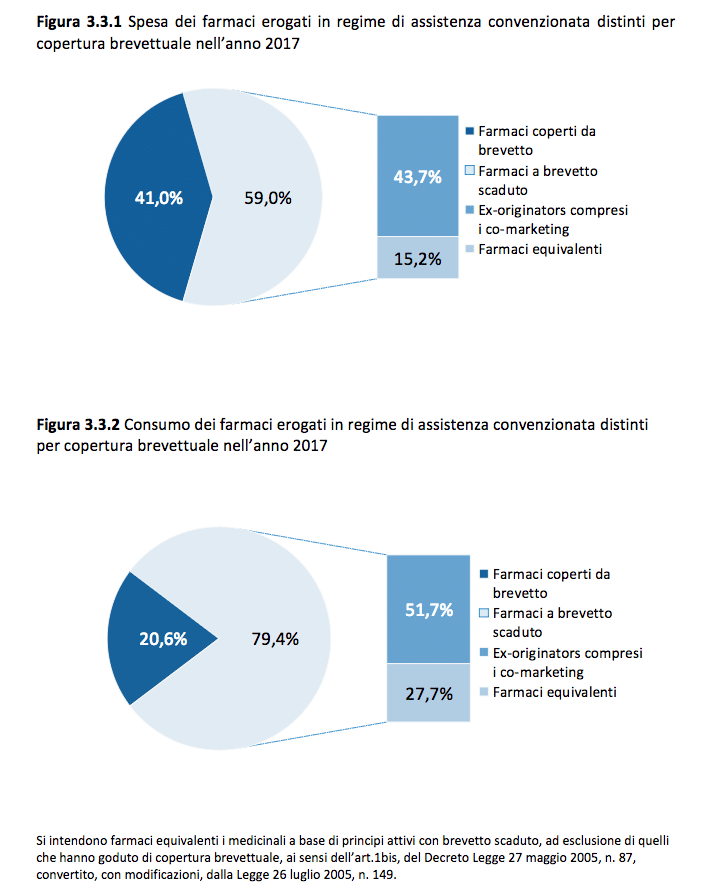 declares the excessive redundancy of the number of ISFs and the need to reduce it by at least 10,000 units by 2010. The reality will be dramatically worse than the declarations.
declares the excessive redundancy of the number of ISFs and the need to reduce it by at least 10,000 units by 2010. The reality will be dramatically worse than the declarations.
In that 2006 conference it was clearly said that with the presence of generics it would no longer have been convenient to invest in research in that sector, so it would have been better to abandon it also considering that the GP is less and less the decision maker of the prescription, prevailing the directives of the ASL or the decision to replace the pharmacist, or almost. The new strategy of the pharmaceutical industry had to focus on specialized or biotechnological drugs on which it was possible to obtain high profits and lower fixed costs (as the ISFs call it) having as objective a much smaller number of doctors and still increasing turnovers.
Result to date: 15,000 ISF fired, almost 80% of off-patent primary care drugs.
Can we say that they asked for it? Those who didn't ask for it are certainly those 15,000 fired ISFs
Related news: How scientific information changes.09.20.2006 (see Drei report)
The union loneliness of the isf

